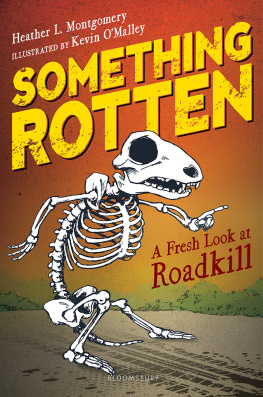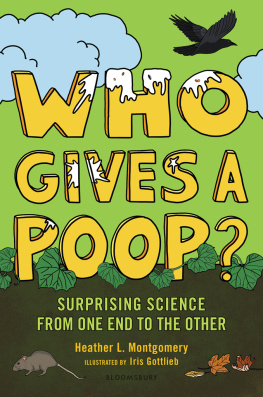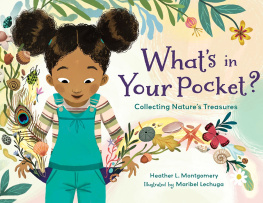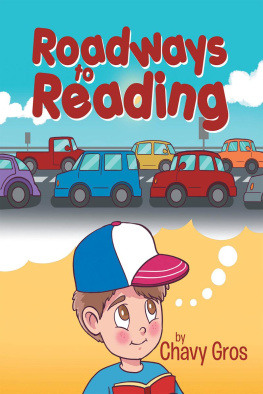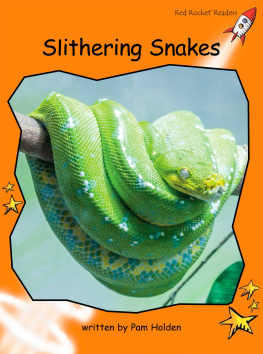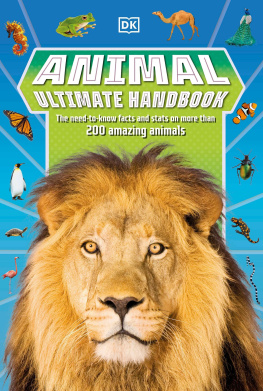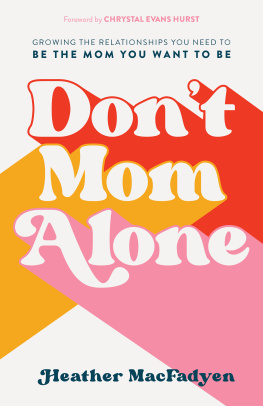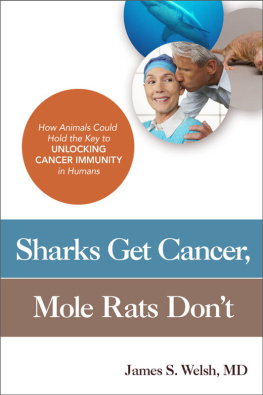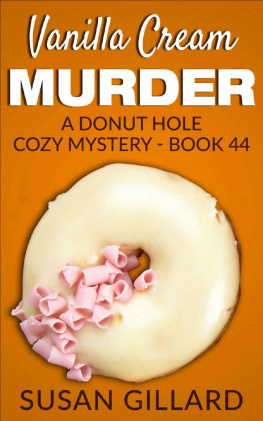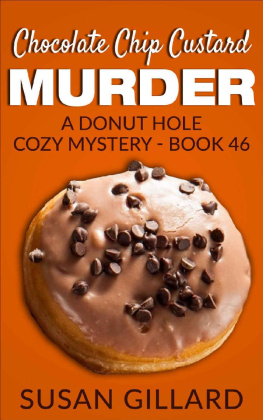
BLOOMSBURY CHILDRENS BOOKS
Bloomsbury Publishing Inc., part of Bloomsbury Publishing Plc
1385 Broadway, New York, NY 10018
This electronic edition published in 2018 by Bloomsbury Publishing Plc
BLOOMSBURY, BLOOMSBURY CHILDRENS BOOKS, and the Diana logo are trademarks of Bloomsbury Publishing Plc
First published in the United States of America in October 2018 by Bloomsbury Childrens Books
Text copyright 2018 by Heather L. Montgomery
Illustrations copyright 2018 by Kevin OMalley
All rights reserved
You may not copy, distribute, transmit, reproduce or otherwise make available this publication (or any part of it) in any form, or by any means (including without limitation electronic, digital, optical, mechanical, photocopying, printing, recording or otherwise), without the prior written permission of the publisher. Any person who does any unauthorised act in relation to this publication may be liable to criminal prosecution and civil claims for damages.
Bloomsbury books may be purchased for business or promotional use. For information on bulk purchases please contact Macmillan Corporate and Premium Sales Department at
Library of Congress Cataloging-in-Publication Data Names: Montgomery, Heather L., author. | OMalley, Kevin, illustrator.
Title: Something rotten : a fresh look at roadkill / by Heather Montgomery ; illustrated by Kevin OMalley.
Description: New York : Bloomsbury, 2018.
Identifiers: LCCN 2017056223
ISBN: 978-1-6811-9900-9 (HB)
ISBN: 978-1-5476-0250-6 (PB)
ISBN: 978-1-5476-0187-5 (eBook)
ISBN: 978-1-5476-0240-7 (XML)
Subjects: LCSH: RoadkillJuvenile literature. | Animal carcassesJuvenile literature.
Classification: LCC QL49 .M79237 2018 | DDC 591.7/14dc23
LC record available at https://lccn.loc.gov/2017056223
Book design by John Candell
To find out more about our authors and their books please visit www.bloomsbury.com where you will find extracts, author interviews and details of forthcoming events, and to be the first to hear about latest releases and special offers, sign up for our newsletter.
For Laddin, who put up with four-a.m. writing stints, skunk stench, and roadkill in our freezer!
CONTENTS

A Note from Methe Author
This is where the magic happens, said my guide, a tanned man who looked out from under a Crocodile Dundeestyle hat. He swung open the lid of a 6-foot-long white chest freezera freezer that reminded me of a coffin.
A skull stared up at me.
Deep black holes that once were eyes seemed to issue a challenge: Come closer. So I inched one tiny step forward and peeked inside the freezer.

Rotting body parts lay in a jumble: A rib cage half covered in decaying skin. Vertebrae
The bones werent human. The bones werent chicken or ham or beefwhat you would expect to find in a freezer. The bones were from various small animals, and they filled plastic bins, open egg cartons, and orange cafeteria trays. A miniature bodynow just a curled cluster of calcium
The bones were the reason I had hopped into my car and driven across my home state of Alabama to interview this scientist, David Laurencio. The bones, which were mostly from roadkill, were the root of my burning question: How do you use roadkill?
It might sound like an odd question, but when my curiosity takes ahold, it takes over. And on the topic of roadkill, I was way beyond curiousI was obsessed.
Every dead animal along the road stirred up questions. What actually happened to those animals? Does anyone ever pick them up? If so, what do they do with them? Why did the chicken/fox/deer try to cross the road in the first place? What if an animal is injured but not killed? How many animals are killed by vehicles every year? And why arent we doing anything about it?
My fluffy yellow dog, Piper, is my travel companion, so she heard lots and lots of questions. I wonder if she had questions too.
I didnt want to be asking those questions. The topic was too sad, too tragic, too disgusting to think about for very long. But I had been pulling my car off the road to peer at poor dead animals for years. Does my degree in biology give me an excuse for that? The death of those wild creatures was depressing, but their bodies were fascinating. Each carcass was an opportunity to get close to wildlifeto touch velvety bobcat fur, to wonder at the miracle of muscles inside a deer, and to run a finger over a snapping turtles jagged spine.
For years it was like two different people waged a tug-of-war inside meone repelled by the bloody body and one reaching toward ituntil one day I gave in and let the questions take over.
Thats why I was visiting Davids library of dead bodies.
David is Collections Manager of Tetrapods.
Visiting with David, I realized something: there are other people just as intrigued by this topic. Others who find productive uses for those dead bodies. Others who care.
Little did I know then just how deep I would goelbow deep at timesinto this roadkill research.

Warning:
This book is not for squeamish souls. Its full of lung-eating parasites, who pulls squiggly things out of road-killed snakes... is she squeamish? No. Disgusting doesnt stop her.
This book is not for reckless readers. Its full of things you shouldnt do. Not, at least, until you are an authorized, bona fide, certified expert. Im serious. You could catch Lyme disease, end up with a parasite in your eye, become roadkill yourselfrubber gloves cant protect you from everything.
This book is not for the tenderhearted: Its full of death, decay, and decomposition. And its full of tragedy. Wildlife-vehicle collisions kill over a million animals a day. And thats just in the United States.
When I learned how many animals were dying, I wondered if we had to sit around and watch it happen. I asked even more questions, visited people who work with roadkill, and put my own hands on those bodies. While I was touring a wildlife disease center, a veterinarian student said to me: Roadkillits not the end of the story.
What did she mean? What stories could roadkill tell?
So I began to let myself look (and touch and listen I found many others who did too. Others who, through looking directly at the tragedy, turned it into triumph: a scientist who now understands cancer better, citizens who track where wildlife cross the road, scientists who are halting extinctions, kids who make artall thanks to roadkill.
That is what this book is about: the discoveries, ingenuity, and hope that have been inspired by roadkill.
And it all started with one squished snake...
Vertebrae: spines that form the backbone.
Sacrum: the bone at the base of the spine to which the tailbone is attached. Reach around to the base of your back and feel yours sitting between two hard bumps on the left and right.
You know, the stuff you get from milk to make your bones strong.

